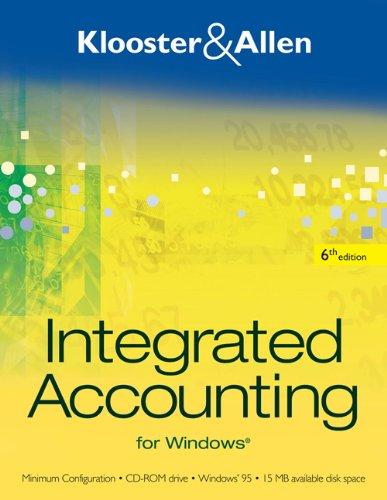Answered step by step
Verified Expert Solution
Question
1 Approved Answer
Determining and Evaluating the Effects on the Balance Sheet, the Income Statement and the Cash Flow Statement of Four Different Cost Flow Assumptions for Inventory
Determining and Evaluating the Effects on the Balance Sheet, the Income Statement and the Cash Flow Statement of Four Different Cost Flow Assumptions for Inventory
At the end of January 2012, the records of Shelton and Blair showed the following for a particular item that sold at $20 per unit:
Transactions Units Total Amount Inventory, January 1, 2011 500 @ $6.00 $3,000 Purchase, January 12 600 @ $7.00 $4,200 Purchase, January 26 200 @ $7.10 $1,420 Sale (400 units sold for $20 each) Sale (300 units sold for $20 each)Based on the information provided in the table above, complete the following.
- Assuming the use of a periodic inventory system, prepare a summarized income statement through gross profit for the month of January under each method of inventory:
- Average cost.
- FIFO.
- LIFO.
- Specific identification. For specific identification, assume that the first sale was selected from the beginning inventory and the second sale was selected from the January 12 purchase. Round the average cost per unit to the nearest cent. Show the inventory computations in detail.
- Of FIFO and LIFO, which method would result in the higher pretax income? Which would result in the higher EPS?
- Of FIFO and LIFO, which method would result in the lower income tax expense? Explain, assuming a 35 percent average tax rate.
- Of FIFO and LIFO, which method would produce the more favorable cash flow? Explain.
Step by Step Solution
There are 3 Steps involved in it
Step: 1

Get Instant Access to Expert-Tailored Solutions
See step-by-step solutions with expert insights and AI powered tools for academic success
Step: 2

Step: 3

Ace Your Homework with AI
Get the answers you need in no time with our AI-driven, step-by-step assistance
Get Started


